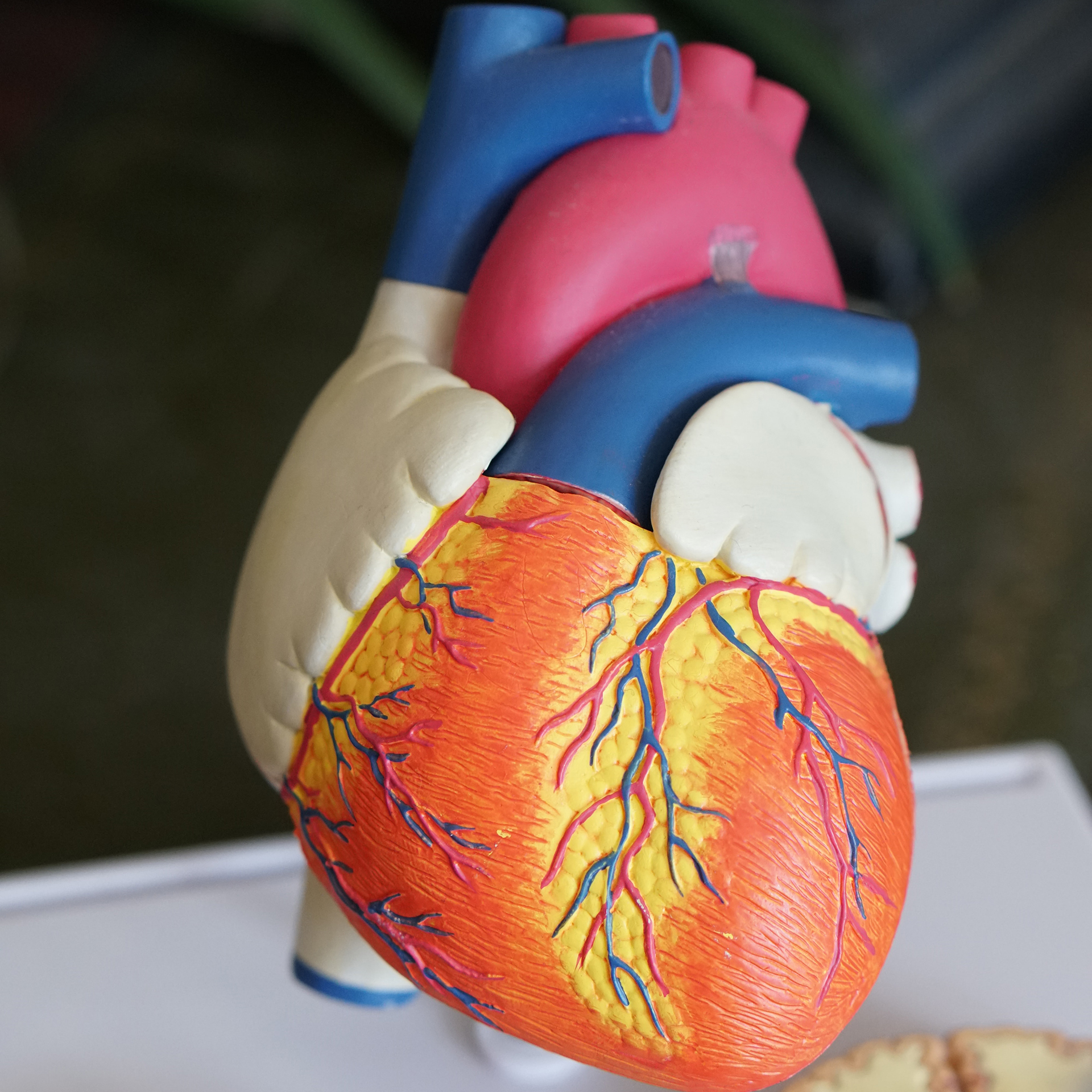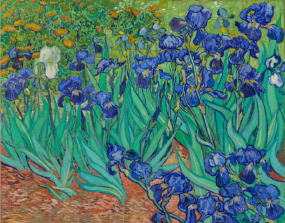By Beverly Custer
Having been raised with animals in a rural New Mexico town and having been a dog lover all my life, I knew when I purchased my first home several years back that it wouldn’t feel complete without pets.
So, we rescued Sonny Boy Blue, a 2-year-old white Labrador retriever, although truth be told he rescued us. When we took him to his first vet visit, he weighed in at a whopping 117 pounds — approximately 40 pounds overweight for a male of that breed. He had hip dysplasia, and his body was already riddled with osteoarthritis.
While the hip disorder can be a common among larger dogs, Sonny’s rapid weight gain during his young lifetime likely exacerbated the problem and led to his arthritis.
Our beloved friend and veterinarian Kent Hall explained that dogs, like humans, can have health problems resulting from being overweight and that, like us, some issues can be alleviated or even eliminated by cutting back on their food intake and getting more exercise.
“How much should we feed him?” I asked. His answer was simply, “Less than you’re feeding him now.”
The bottom line here was that Sonny relied on us to keep him healthy. He couldn’t choose his own food, much less be trusted to monitor his own intake. I’m not even sure I ever witnessed him actually chew his food; it was more like he inhaled it! What we placed in front of him in his food bowl would mean his success or failure in achieving a healthy size.
Treating your dog to a more healthful life
As pet parents, we love to spoil our “babies” every now and then. Problems arise, however, when we spoil them a bit too much by giving our dogs too many pup treats or even worse – human food. Typically, whole foods like peanut butter, pumpkin, carrots, green beans and boiled chicken are a good alternative to calorie-filled pup treats. Although these healthy snacks are an acceptable alternative, it is best to consult with your veterinarian before offering these to your dog.
If you purchase snacks from the pet store, look for those with few ingredients, like hydrated chicken strips or peanut butter biscuits, advises the experts at Animal Humane New Mexico. (Animal Humane is a local, private nonprofit animal shelter, not affiliated with the Humane Society of America.)
Also, look for treats from the store to be made in the USA since they’re typically made with more nutritional oversight than in other countries. Animal Humane also suggests to steer clear of artificial flavors and colors. Of course, there are foods that are healthful for humans but are highly toxic to dogs. These include grapes and raisins, gum or any product containing xylitol, chocolate, avocados, onions, macadamia nuts and garlic, according to the Animal Humane clinic. A more inclusive list can be found on the American Veterinary Medical Association website.
Aside from giving your pup appropriate amounts of healthy food, scheduling his or her annual wellness exam and ensuring vaccines are up to date, pet owners should ensure their pets receive regular activity. Just like humans, an inactive dog is prone to health problems, and by nature we are designed to move.
Increase, improve exercise with paws-itive training
There are many places around town where you can take your dog for fun outdoor activities that would boost both of your emotional and physical well-being. Check the City’s website for locations of dog parks and rules (cabq.gov), or take advantage of the incredible and vast Open Space spanning the Albuquerque metro area. Note that the city dog parks turn off access to drinking water in the winter, so be sure and take your own.
If your dog doesn’t behave as well as you’d like on a leash, there are easy steps you can take to make walking more enjoyable for both of you. For example, putting Sonny through loose-leash training enabled us to more easily handle this strong horse of a dog on neighborhood walks and therefore get more exercise for us all. This type of training involves stopping every time your dog tugs on the leash so as to prevent him from pulling you along haphazardly.
“This teaches them that the consequence of pulling gets them nowhere,” said Trevor Driggs, operations director of The Center at Animal Humane New Mexico and a certified professional dog trainer.
The idea is that every time you stop, by planting one foot firmly in front of the other and halting, the dog will turn or step back to seek a cue from his owner. Utilizing a front clipping, no-pull harness helps assist in turning his body and does not cause any pain but rather simply redirects his attention back to the owner, Driggs said. This action causes the leash to become loose. Once he realizes his tugging behavior is continually causing a halt, he will eventually put the “stop” behavior together with the “go,” learning the reward is being able to walk at a marked pace, with a loose leash, instead of at his own pace.
During this time, the dog is also allowed to sniff within the limits of the length of the leash. By providing this outlet of exploration, dogs will no longer feel the need to demand it, and therefore will stop pulling, Driggs said. This is much more enjoyable for everyone on the walk, and results in more outings for you and your dog, a direct health benefit for both of you.














